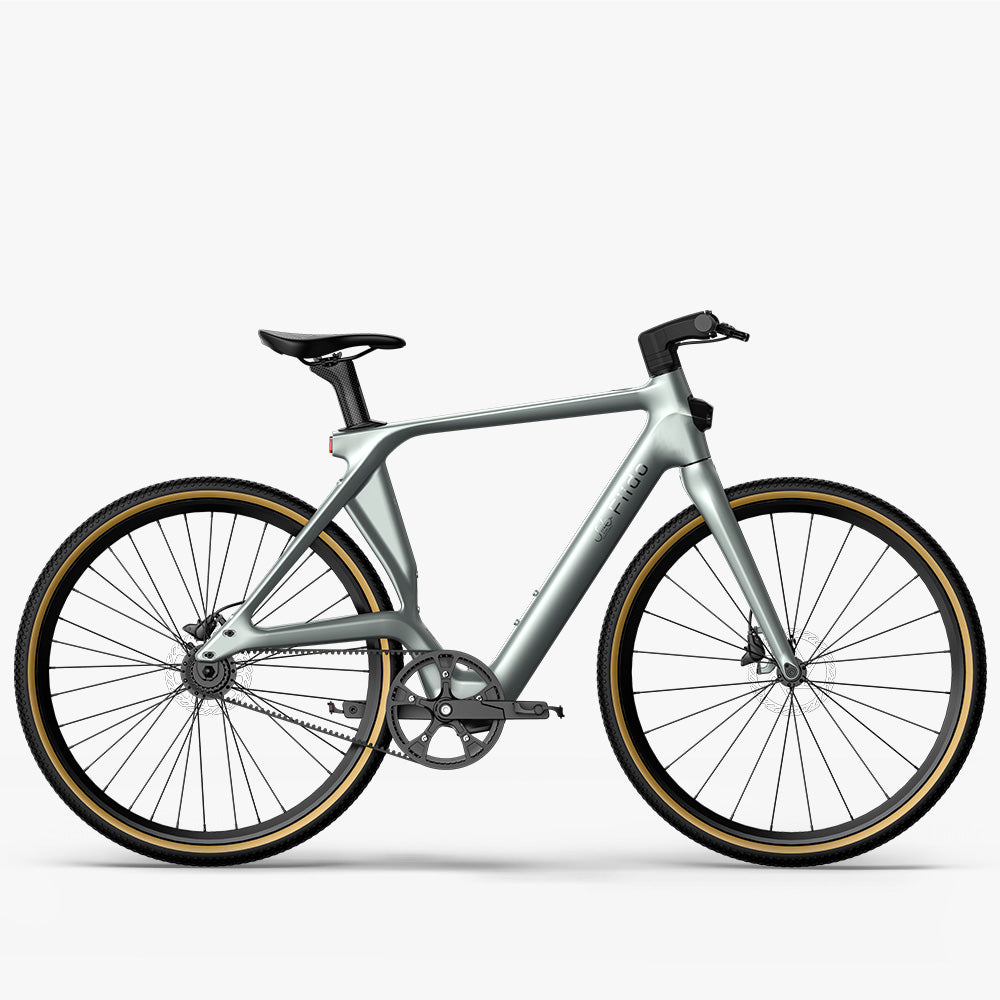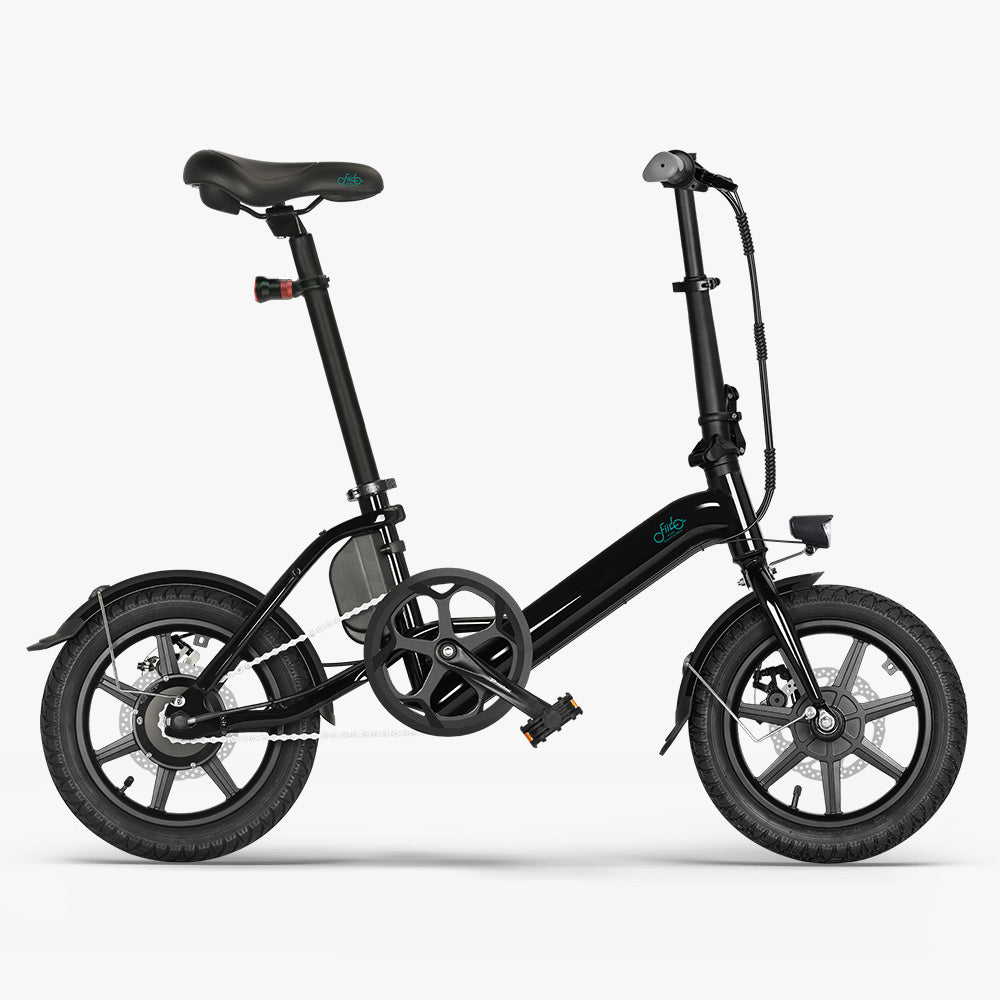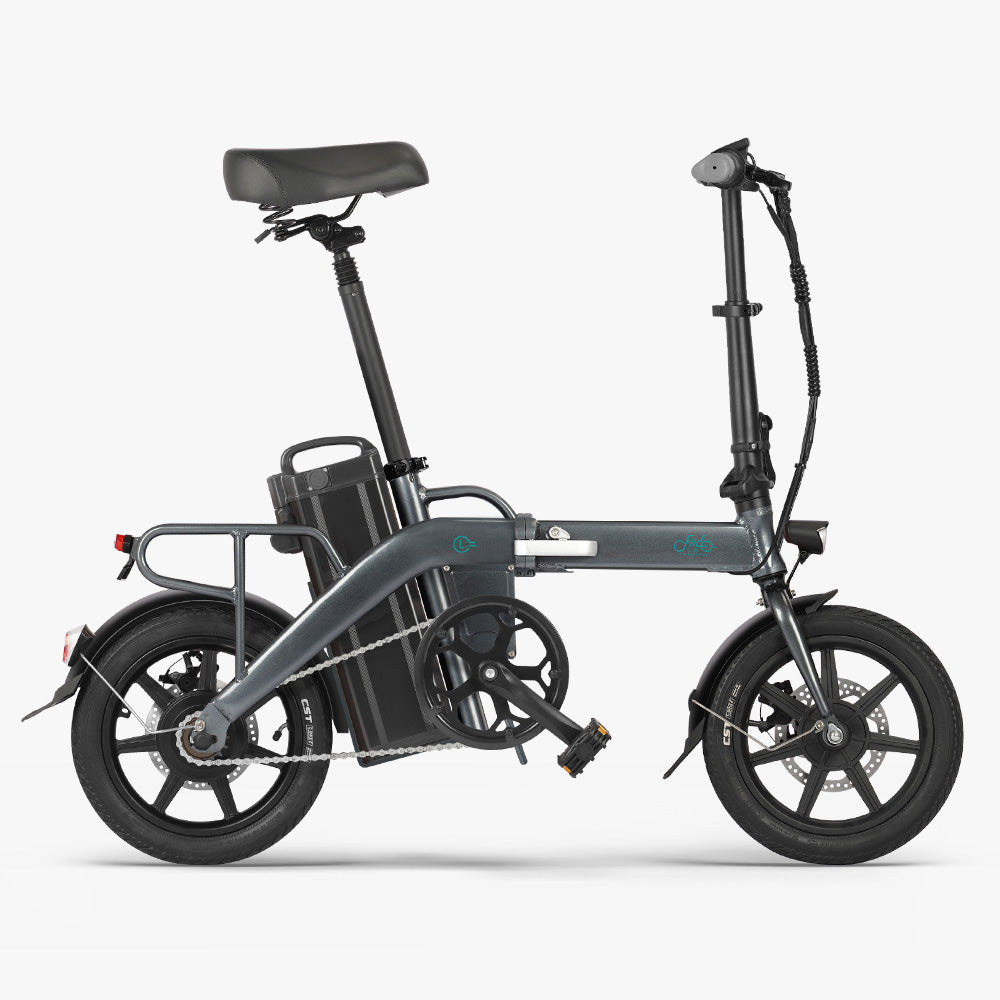Electric bikes can use torque sensors or cadence sensors, and each shapes the ride in a distinct way:
- Torque sensors increase power only when you push harder, so the bike speeds up and slows down with your legs, feeling natural and fully under control.
- Cadence sensors deliver power as soon as you pedal, regardless of effort, making the ride easy and consistent but less responsive to how hard you push.
By understanding these differences, you can choose the system that best fits your riding style and terrain.

Working Principle of Electric Bike Sensors
What Is a Torque Sensor?
A torque sensor will register the force a rider applies on the e-bike pedals. In other words, the more force you apply to the pedals, the more power comes from the electric motor. This would be perfect for either commuting electric bikes or folding electric bikes, making riding utterly natural, just like when you are riding a traditional bicycle—only with all the bike advantages.
Understanding How a Torque Sensor Works in an Electric Bike
A traditional torque sensor is placed into the crankset or bottom bracket of the electric bike. Embedded in the sensor are strain gauges that measure the force a pedaling rider puts on it. It reads this input and scales or ramps the assistance of the motor proportionately- more power when one is climbing a hill or accelerating, less power when one is cruising or descending.The result is a responsive ride and better control, whatever the environment may be.
Cadence Sensor: What is this?
Besides the torque sensor, the cadence sensor is going to measure the speed of the pedals' rotation rather than the force applied to the pedal. It functions, in fact, to detect how fast the rider is pedaling and adjust the motor output accordingly. Unlike other sensors, a cadence sensor works best in situations where one needs a steady amount of motor assistance, like when using small electric bikes or folding electric bikes.
How Does the Cadence Sensor Work in an Electric Bike?
Usually, a cadence sensor is mounted near the crank or the wheel of an electric bike. It measures the speed at which an individual pedals by counting the number of crank arms passing in front in a minute. If the pedaling hits minimum values, it will send out the aiding signal to release for the motor. Such a system corresponds much better to folding electric bicycles, for which simplicity and easiness of use are some primary goals.

Comparison of Advantages and Disadvantages in Electric Bike Sensors
Advantages of Torque Sensors:
1. Natural Ride Feel: The torque sensor provides motor assistance like a rider would do through pedaling. It makes the ride much smoother and responsive. For little electric bikes or folding electric bikes, this smooth engagement is indeed welcome when one is trying to make his way through city streets or some crowded space.
2. Power Management: In that case, torque sensors economize on battery time by pumping power relative to how hard the pedal is pushed. Ideally suited for distances, particularly electric commuter bikes where range is the primary concern.
Disadvantages of Torque Sensors:
1. Higher Cost: Electric bikes equipped with torque sensors generally are more expensive. This may be a con for value-sensitive buyers.
2. Complexity: Since torque sensors would naturally be slightly more technologically advanced, that means they will be more challenging to replace or repair than cadence sensors. This can trouble some users who want easy maintenance.
Advantages of Cadence Sensors
1. Simplicity: Cadence sensors have fewer components and require less maintenance and repair. It also makes them ideal for users who prefer minimum upkeep, whether they ride a commuter electric bike or an off-road e-bike.
2. Consistent Power Output: The cadence sensor delivers a steady stream of assistance as long as you pedal. This makes it easier for beginners to control the e-bike, as the motor doesn't vary based on pedal pressure. Cadence sensors offer a straightforward and predictable riding experience for leisurely rides or flat terrains.
Disadvantages of Cadence Sensors:
1. Less Intuitive: Power output would be less intuitive with a cadence sensor on an e-bike. While a torque sensor is similar to adjusting the power depending on how hard you pedal, a cadence sensor would continue providing the same amount of assistance whether you pedal hard or soft. Such loose precision is really a weakness when it comes to off-road e-bikes or challenging terrain.
2. Reduced Battery Efficiency: Continuous power drawn by cadence sensors will contribute to quicker battery drainage, particularly on longer rides when compared with torque sensors. This might be a problem for commuter electric bikes, where one needs to give the maximum possible range.
Applicable Scenarios
Torque sensor
1. Long-Distance Riding: During endurance rides, the torque sensor proves to be perfect because power assistance is available in direct relationship with how hard you pedal, which could give you the ability to sustain energy and remain in control over long distances.
2. Rough Ground: A torque sensor is even more effective in handling rough or uneven terrain, such as mountain trails, hilly areas, or the like, whereby power is smoothly delivered and adaptive to the terrain for easy pedaling up steep climbs or technical paths.
3. Consumers who like having fine control: A torque sensor will enable such bikers to have a more organic feel and instinctive ride. It accurately mimics traditional cycling by making power availability in direct proportion to pedaling effort. The riders would have more control over speed and acceleration.
Example of Fiido electric bike with torque sensor
The Fiido C21 electric bike and Fiido AIR electric bike are good options with fiido torque sensor. Both service riders who like responsive assistance are perfect for those who take on complex terrain without effort.
Fiido E-Gravel C21 Electric Bike
Urban communter electric bike with torque sensor, only 38.58 lbs.
Fiido Air Carbon Fiber E-bike
A revolutionary lightweight bike, winner of the Red Dot Award.
Cadence Sensor:
1. For flat and simple environments, like city streets, the Cadence Sensor would be more than enough. It does not involve much pedaling to give reliable power assistance and does not tire the individual on a routine basis.
2. Ordinary Road Conditions: The cadence sensor is quite smooth and convenient for rides where the road or path is well-paved and even, with only a few obstacles to negotiate. Riders can get consistent assistance without having to put extra effort in.
3. Short-Distance Riding: It could be an economic and simple method for short trips or running errands in town. The system is efficiently simple for quick, convenient rides.
Example of Fiido electric bike with Cadence Sensors:
Cadence sensors turn both the Fiido D3pro electric bike and the Fiido L3 electric bike into great options for the riders. This model of the bike is ideal for urban commuters, comfortably and efficiently performing while not constantly needing to adjust motor output.
Fiido D3 Pro Mini Electric Bike
The most affordable and adorable electric bike.
Fiido L3 Long Range Electric Bike
Longest range folding electric bike under $1000.
Conclusion
To sum up, torque and cadence sensors also have their outstanding peculiarities in the endeavor to make your electric bicycle riding experience much improved. If the rider is looking for a really smooth and natural ride, especially while going off-road, he should definitely look at a torque sensor. If, however, one likes smooth power delivery while going on a leisure ride, a cadence sensor might be even better. Whether that may be an electric commuter bike to keep in and around the city, a folding electric bike for some fun, or an off-road bike to take on a trail, choosing the right kind of sensor really makes all the difference.
Time for an upgrade? At Fiido, we have a wide selection of electric bikes for you. small electric bikes, foldable electric bikes, sensor-technique e-bikes, and many more. Go big with the Best; our complete range of high-end e-bikes is designed to suit even the most fastidious of riders. Visit our store today for your perfect match, you can go through our products here.
Reminder: Prices are subject to the product detail page ,some earlier card details may have been updated.

















